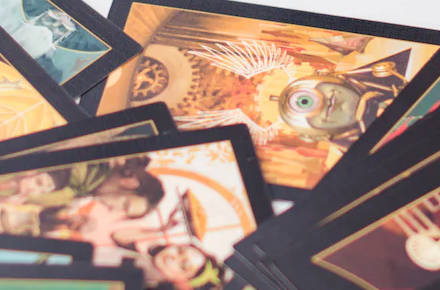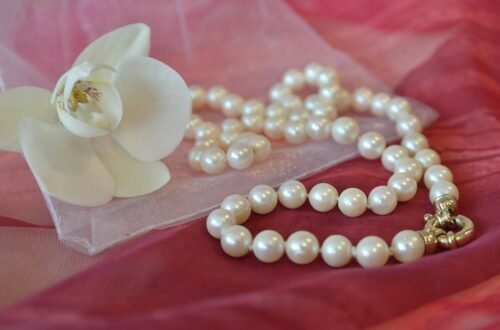
What is chiromancy?
Chiromancy, commonly known as palmistry, is an ancient practice that involves analyzing the lines, shapes, and other features of a person’s hands to interpret their personality traits, potential, and future. For centuries, people have been fascinated with the art of palm reading, seeking guidance and insights into their lives through the interpretation of their palms. The origins of palmistry are shrouded in mystery, but it is believed to have originated in India over 3,000 years ago. The practice gradually spread to China, Greece, and Egypt, and eventually made its way to Europe in the Middle Ages. Today, palmistry is still practiced worldwide and remains a popular form of divination. The belief behind palmistry is that the lines and shapes on a person’s hand are connected to the individual’s personality and destiny. According to palmists, the lines on a person’s hand are not static but rather reflect the changes in their life and personality. The shape of the hand, fingers, and nails are also considered important factors in palm reading. There are four main lines on the hand that are analyzed in palmistry: the heart line, the head line, the life line, and the fate line. The heart line is located at the top of the palm and is said to represent a person’s emotions and love life. The head line is located in the middle of the palm and is believed to reflect a person’s intellectual abilities and communication skills. The life line runs from the base of the thumb to the wrist and is thought to indicate a person’s health and vitality. The fate line, which is not present on everyone’s hand, runs vertically up the palm and is said to represent a person’s career and life path. In addition to these lines, palmists also analyze the shape of the hand and fingers. For example, a person with a square palm is believed to be practical and grounded, while a person with a long, narrow palm is thought to be creative and intuitive. The shape of the fingers is also important, with each finger representing a different aspect of a person’s personality. For instance, the index finger is said to represent leadership, while the ring finger is associated with creativity and artistic ability. Palmistry is often used to gain insights into a person’s personality, but it can also be used to predict the future. The lines on the hand are believed to change over time, reflecting the changes in a person’s life and their future potential. For example, a person with a deep, clear fate line is believed to have a strong sense of purpose and direction in their career. However, it is important to note that palmistry is not a precise science, and its accuracy is often debated. Skeptics argue that the interpretations of the lines and shapes on the hand are subjective and open to interpretation. Additionally, some palmists may use their skills to deceive or scam people seeking guidance. In conclusion, palmistry, or chiromancy, is an ancient practice that involves analyzing the lines, shapes, and other features of a person’s hand to interpret their personality traits, potential, and future. While it remains a popular form of divination, its accuracy and validity are still debated. Nevertheless, for those who believe in its power, palmistry can offer insights and guidance into their lives and help them navigate the future with a greater sense of purpose and direction.




